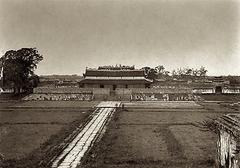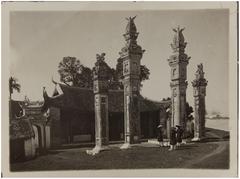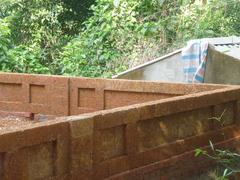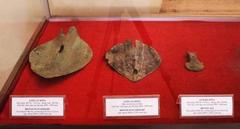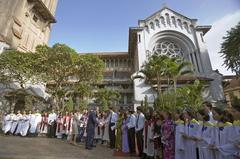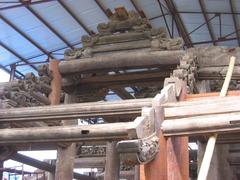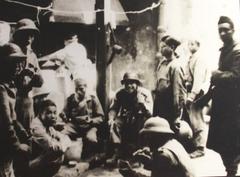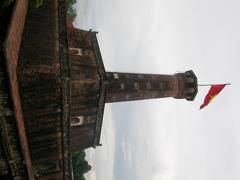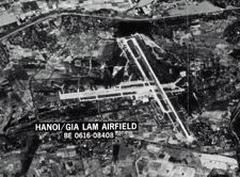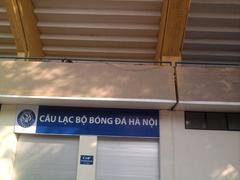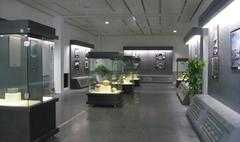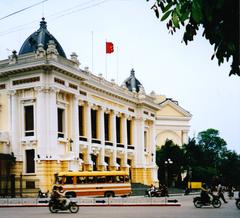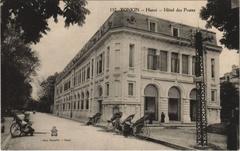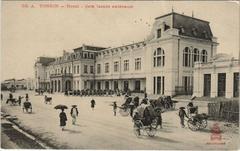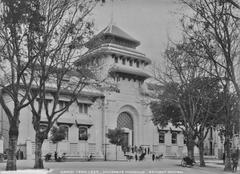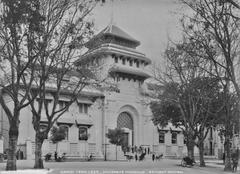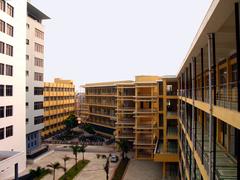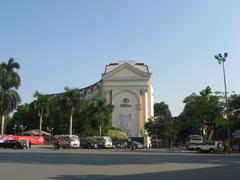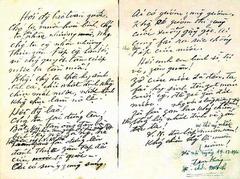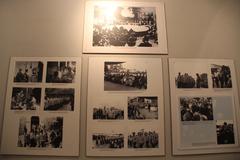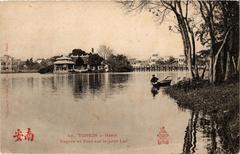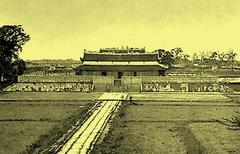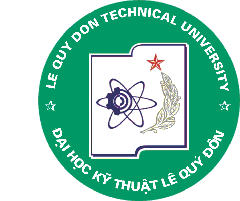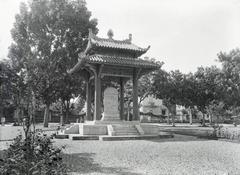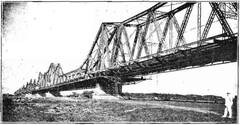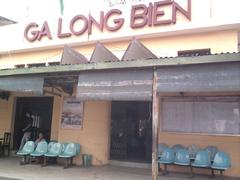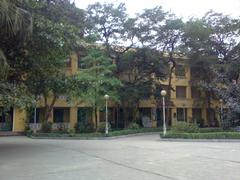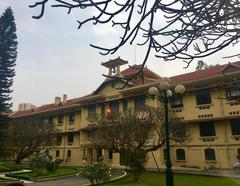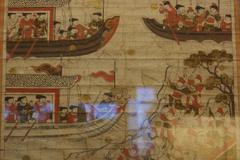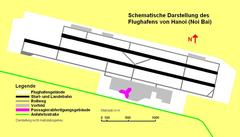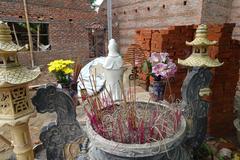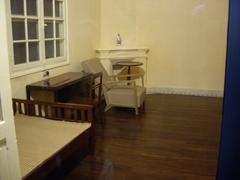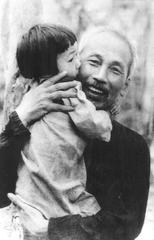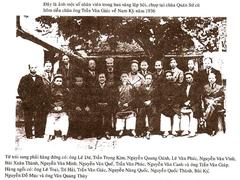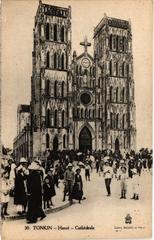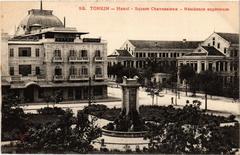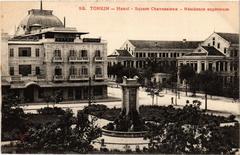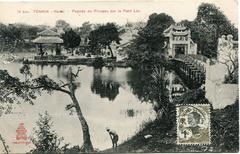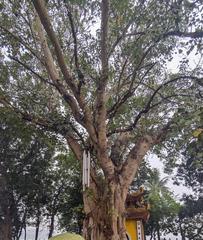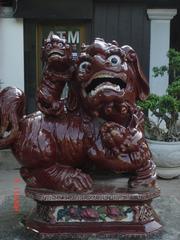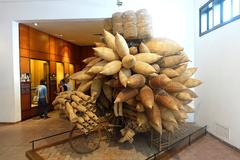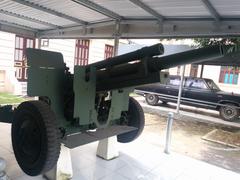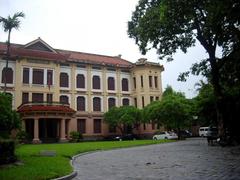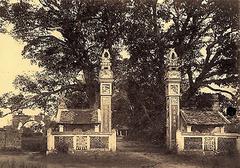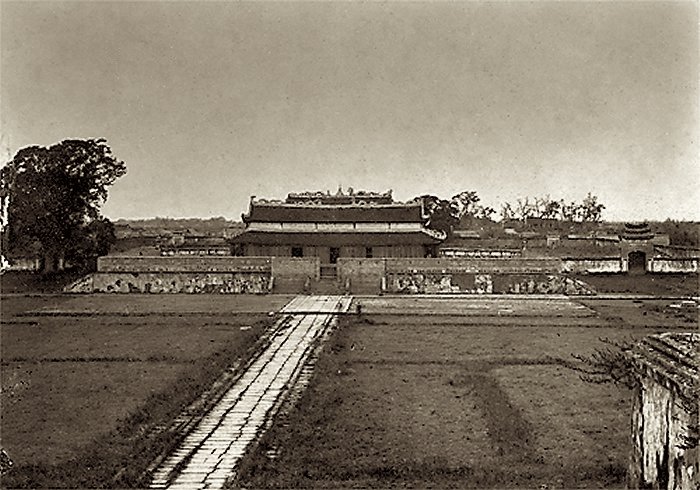
Visiting Hours, Tickets, and Historical Sites Guide to Hoàng thành Thăng Long, Hanoi, Vietnam
Publication Date: 31/07/2024
Introduction to Hoàng thành Thăng Long
Discover the Imperial Citadel of Thăng Long, a UNESCO World Heritage site situated in the heart of Hanoi, Vietnam. This historical treasure, known locally as Hoàng thành Thăng Long, stands as a testament to the nation’s rich cultural heritage and architectural marvels. Dating back to the 7th century, the citadel has witnessed the rise and fall of several Vietnamese dynasties, from the Lý to the Nguyễn, each leaving an indelible mark on its evolution (Go Explore Vietnam). Established by King Lý Thái Tổ in 1010, the citadel became the political and cultural heart of Vietnam, symbolizing the nation’s independence and strength (Vietnam Travel). This guide offers a comprehensive look into the citadel’s storied past, architectural wonders, and essential visitor information, ensuring you have everything you need to plan a memorable visit.
Contents Overview
- Introduction
- History of Hoàng thành Thăng Long
- Ancient Origins and Dynastic Eras
- Architectural Evolution
- The Nguyễn Dynasty and French Colonial Period
- Modern Era and the American War
- UNESCO World Heritage Site
- Archaeological Discoveries
- Educational and Cultural Significance
- Visitor Experience
- Ticket Prices and Visiting Hours
- Travel Tips
- Best Time to Visit
- Nearby Attractions
- Accessibility
- Guided Tours and Photographic Spots
- FAQ Section
- Conclusion
Exploring the Thăng Long Imperial Citadel: History, Tickets, Visiting Hours, and More
History of Hoàng thành Thăng Long
Ancient Origins and Dynastic Eras
The Hoàng thành Thăng Long, also known as the Imperial Citadel of Thăng Long, is a historical relic that dates back to the 7th century. Initially, it was part of the pre-Thang Long period and saw significant development during the Dinh – Tien Le period. The citadel reached its zenith under the Lý, Trần, and Lê dynasties, each contributing to its architectural and cultural grandeur (Go Explore Vietnam).
The citadel was established by King Lý Thái Tổ in 1010 when he moved the capital from Hoa Lư to Đại La, renaming it Thăng Long, which means “Ascending Dragon.” This move marked the beginning of a new era, with the citadel becoming the political and cultural heart of Vietnam. The Lý dynasty (1009-1225) laid the foundation for the citadel’s structure, which was further expanded and fortified by subsequent dynasties.
Architectural Evolution
The architectural evolution of the Thăng Long Citadel is a testament to the ingenuity and artistic prowess of Vietnamese dynasties. The citadel’s layout and structures were designed to reflect the cosmological and philosophical beliefs of the time. The main gate, Đoan Môn, served as the official entrance to the imperial city and is topped by a two-story watchtower that offers a panoramic view of the complex (Vietnam Travel).
One of the most significant structures within the citadel is the Kính Thiên Palace, which was the venue for the most prestigious ceremonies. Although only the stone dragon steps and foundation remain today, these remnants provide a glimpse into the grandeur of the Lê dynasty’s architectural style. The palace was a hub for receiving foreign ambassadors and hosting religious festivals before being destroyed by French colonialists (Vietnam Travel).
The Nguyễn Dynasty and French Colonial Period
Under the Nguyễn dynasty, the citadel served as a provincial capital. The dynasty made several modifications to the existing structures, adding new elements that reflected their distinct architectural style. However, the citadel’s prominence began to wane during the French colonial period, which saw many of its structures destroyed or repurposed for colonial administration.
Modern Era and the American War
The modern era brought new significance to the Thăng Long Citadel, particularly during the American War. The citadel became the headquarters of Vietnam’s Ministry of Defence. Building D67, constructed in 1967, played a crucial role during this period. It was the site of high-level meetings and strategic planning sessions that led to significant milestones in the Vietnamese revolution, including the Tet Offensive in 1968 and the Ho Chi Minh Campaign in 1975 (Go Explore Vietnam).
UNESCO World Heritage Site
In 2010, the Thăng Long Imperial Citadel was inscribed on UNESCO’s List of World Heritage Sites, recognizing its historical, cultural, and architectural significance. The site spans over 18,395 hectares and includes various relics such as the Đoan Môn gate, the Hanoi Flag Tower, and the 18 Hoàng Diệu Archaeological Site. These relics offer a comprehensive view of the citadel’s evolution through different historical periods (Go Explore Vietnam).
Archaeological Discoveries
One of the most significant archaeological discoveries at the Thăng Long Citadel was made in 2002 near the North Gate on Hanoi’s Phan Đình Phùng Street. Vietnamese archaeologists unearthed relics that told the story of a succession of dynasties and rulers, each with a highly developed sense of art and distinctive culture. The 18 Hoàng Diệu Archaeological Site is particularly noteworthy, as it includes layers from the Dai La citadel under the Cao Bien Dynasty, the Tang Dynasty, the Ly and Tran palaces, and the central part of the eastern palace of the Le dynasty (Vietnam Travel).
Educational and Cultural Significance
Today, the Thăng Long Imperial Citadel serves as an educational and cultural hub. It is a vital resource for teaching history and traditions to the general public, especially young generations. The relics within the site, including Building D67 and its bunker, offer a tangible connection to Vietnam’s revolutionary past. Visitors can see pictures and objects from the commanding headquarters, providing a vivid reminder of the nation’s struggle and triumphs during the American War (Hoàng thành Thăng Long).
Visitor Experience
Visitors to the Thăng Long Imperial Citadel can explore various historical and cultural landmarks. The Đoan Môn gate, with its central archways and two-story watchtower, offers an incredible view of the complex. The Kính Thiên Palace, although mostly in ruins, provides insight into the ceremonial practices of the Lê dynasty. The 18 Hoàng Diệu Archaeological Site offers a layered view of the citadel’s historical evolution, while Building D67 provides a glimpse into the strategic military planning during the American War (Vietnam Travel).
Visitor Information
Ticket Prices and Visiting Hours
- Tickets: Adult - 30,000 VND; Children (under 15) - Free
- Visiting Hours: Open daily from 8:00 AM to 5:00 PM
Travel Tips
- Best Time to Visit: The citadel is best visited in the cooler months from October to April.
- Nearby Attractions: Hanoi Old Quarter, Hoàn Kiếm Lake, and the Temple of Literature.
- Accessibility: The site is mostly accessible, but some areas may have uneven surfaces.
Guided Tours and Photographic Spots
- Guided Tours: Available in multiple languages, providing in-depth historical insights.
- Photographic Spots: The Đoan Môn gate, Kính Thiên Palace steps, and Hanoi Flag Tower offer fantastic photo opportunities.
FAQ Section
-
What are the visiting hours for Thăng Long Imperial Citadel?
- The citadel is open daily from 8:00 AM to 5:00 PM.
-
How much are tickets for Thăng Long Imperial Citadel?
- Tickets cost 30,000 VND for adults, and children under 15 can enter for free.
Conclusion
In summary, the Thăng Long Imperial Citadel is a monumental architectural work that has played a pivotal role in Vietnam’s history. Its evolution through various dynasties, its significance during the American War, and its recognition as a UNESCO World Heritage Site make it a must-visit destination for history enthusiasts and tourists alike. Download our mobile app Audiala for more updates and follow us on social media to stay informed about the latest travel tips and historical insights.
Summary and Final Thoughts
The Thăng Long Imperial Citadel is not only a monumental architectural achievement but also a living museum of Vietnam’s illustrious history. From its origins under the Lý dynasty to its role during the American War, the citadel embodies the resilience and cultural richness of the Vietnamese people. Recognized as a UNESCO World Heritage Site, it continues to educate and inspire visitors from around the globe (UNESCO). Whether you’re exploring the Đoan Môn gate, the remnants of Kính Thiên Palace, or the 18 Hoàng Diệu Archaeological Site, each visit offers a unique glimpse into the layers of history that define this extraordinary site (Vietnam Discovery). For the best experience, plan your visit during the cooler months, consider joining a guided tour, and don’t miss the nearby attractions like the Hanoi Old Quarter and Hoàn Kiếm Lake. Follow our blog and social media channels for more travel tips and updates, and download our mobile app Audiala for the latest information on this and other historical sites.
Sources and References
- Go Explore Vietnam, 2023, Imperial Citadel of Thăng Long Hanoi Guide
- Vietnam Travel, 2023, Hanoi Thăng Long Citadel
- UNESCO, 2023, Imperial Citadel of Thăng Long
- Vietnam Discovery, 2023, Imperial Citadel of Thăng Long
